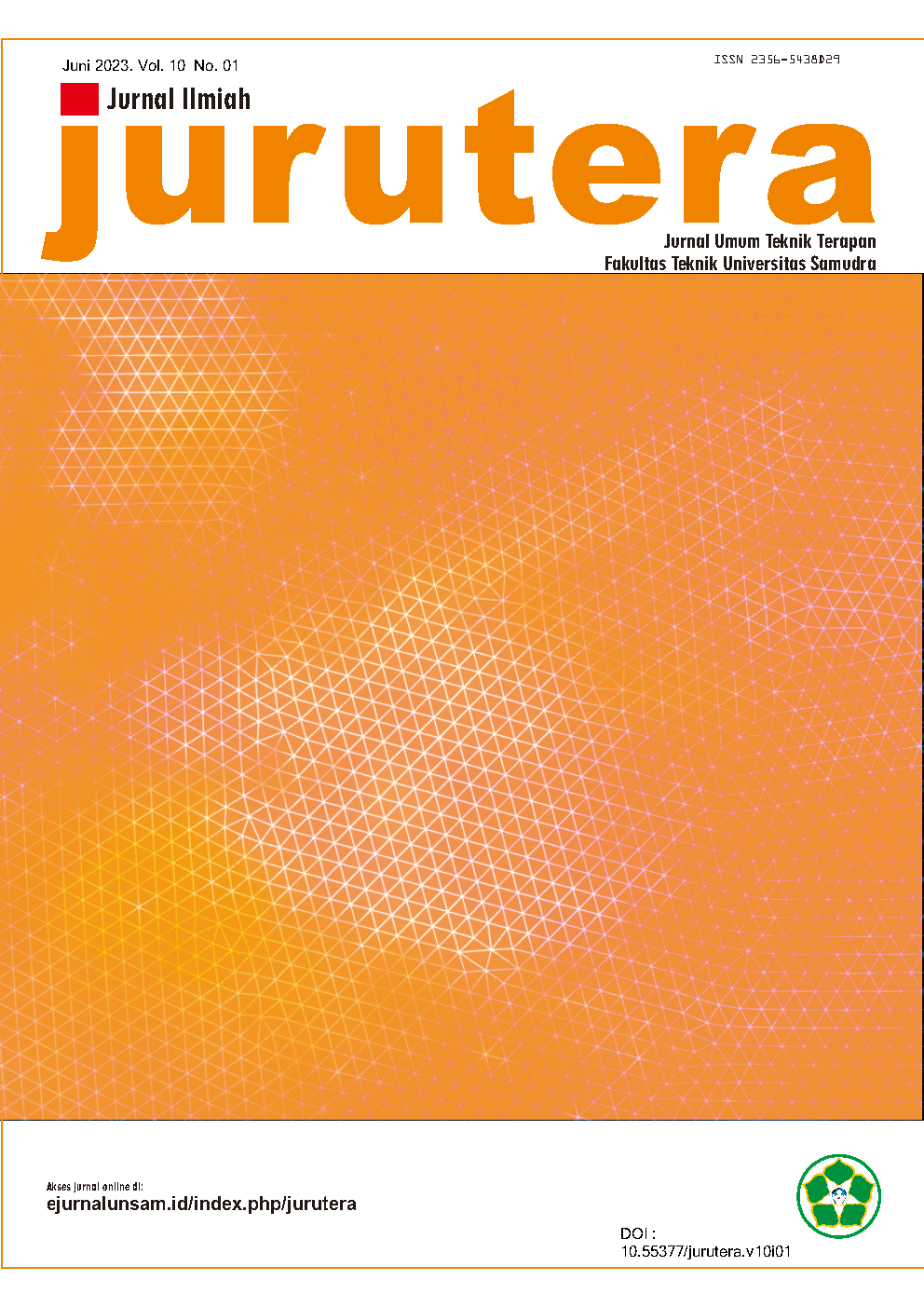Biofuel Production Through Co-Pyrolysis Process By Utilizing Waste Raw Materials Of Palm Oil and Plastic Waste
Abstract
Oil, natural gas, and coal are non-renewable fossil energy sources. The limited availability of non-renewable fossil fuels has prompted countries worldwide to develop technologies that harness energy from renewable sources. One of these renewable energy sources is biofuel, which includes bioethanol and biodiesel. Currently, the Co-Pyrolysis method has been widely developed for waste processing. The Co-Pyrolysis method aims to extract energy content from a mixture of raw materials. The varying percentage of raw material mixtures can significantly influence the resulting products. Obtaining the characteristics of raw materials, the differences in temperature distribution graphs for each percentage of the raw material mixture, and achieving optimum product yield are the objectives of the Co-Pyrolysis process. Based on the data from the heating process, it has been found that an excellent product can be obtained from heating a mixture of TKKS (30%) and PS (70%) at 500 °C for 1 hour, resulting in a product yield of 68%.
Copyright (c) 2023 Muhammad Dimas Aditia, Amalia Harmin, Rita Syntia, Nasruddin A. Abdullah

This work is licensed under a Creative Commons Attribution 4.0 International License.
All copyright for all articles belongs to the authors.














